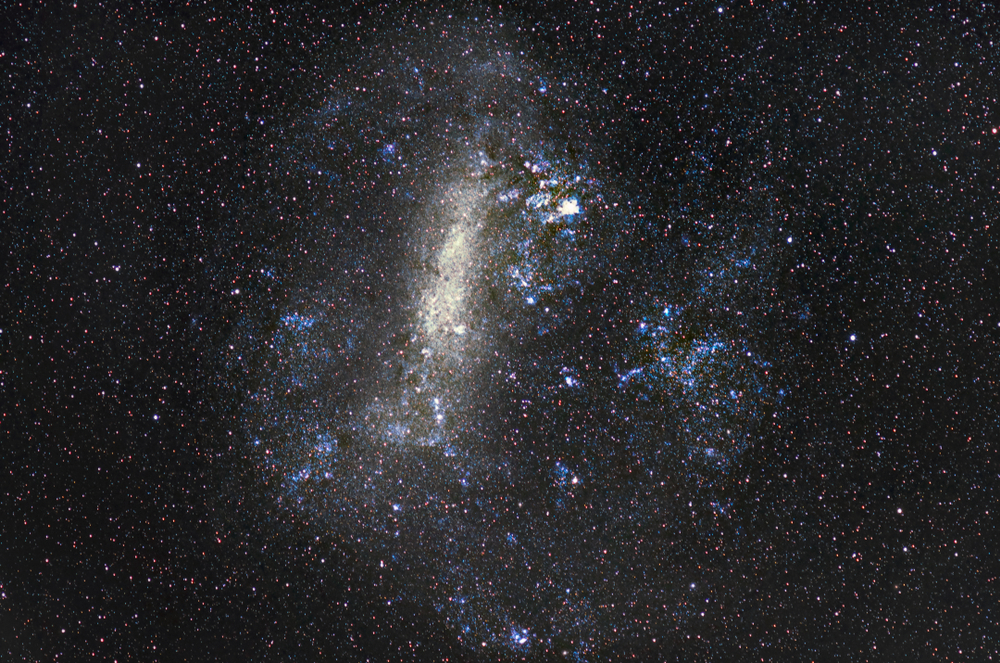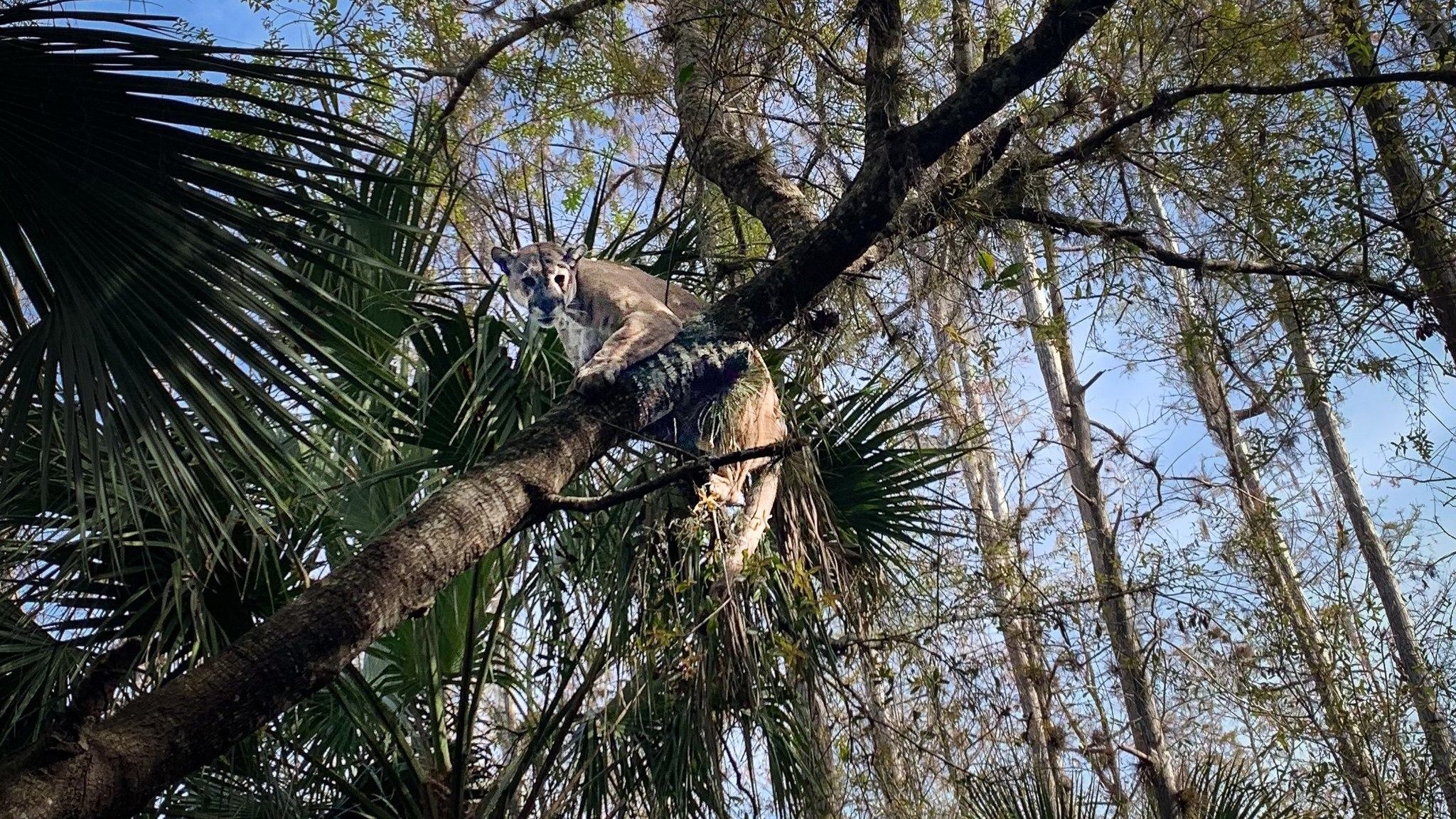www.popsci.com
Vauk is a black labrador from a litter that the PVWDC bred as a part of their breeding program. She currently participates in the scent detection studies. She is doing a practice search on a rubble pile for a concealed person.Credit: Wise K9 Photography ShareThe wind is blowing hard, changing direction every few seconds, and whipping hair into my eyes. Despite the cold breeze, Andy is hot on a smell trail. The black lab, at just over a year old and months into his education, deftly navigates the expanse of concrete chunks, bricks, metal grates, and wooden pallets. With sure paws and a keen nose, he finds the person hiding amid the rubble pile in a matter of seconds, barking continually until rewarded with his squishy basketball toy and eager words of praise from his trainers.Each of the four dogs tested on the rubble field homed in on the mock-victim, but Andy did it the fastestclear evidence that hes close to graduating and nearly ready to enter the workforce. Staff at the Penn Vet Working Dog Center (PVWDC) agree, which is why Ken, a member of Canada Task Force 2, has recently arrived to spend two weeks getting to know Andy. If all goes well, he and the dog will leave Philadelphia for Alberta together as a united search and rescue team.Its just one of the careers the Working Dog Center prepares its canine students for. In the more than 12 years since the centers founding, nearly 200 furry graduates of varying breeds. have gone on to work in fields like disaster response, cadaver search, explosive and drug detection, invasive species monitoring, and even disease detection research. Almost every dog who enters PVWDC exits into a stable nose-related job, becauseunlike more specified training programs for seeing eye or police dogsthe humans at PVWDC try their best to follow the dogs lead. If a dog proves to be a square peg, then theres almost certainly a hole to match.Skye, a 13-month old German Shepherd in training for urban search and rescue, barks to signal to that shes located a hidden person beneath the rubble field. Skye will bark continually until rewarded with a toy. Credit: Lauren LefferThe most important thing is theyre doing what they love, says Ruth Desiderio, the centers volunteer and outreach coordinator leading the public tour Ive joined in on. The dogs, she explains, indicate their interests and aptitude through apparent eagerness and ambivalence, and are allowed to proceed accordingly. If a dog relishes the challenge of sniffing out a hidden human, but reacts with fear to loud, sudden banging soundsperhaps theyre destined for wilderness over urban search and rescue. If they love to smell and be rewarded, but crave routine, then a long-term post in the lab could be the perfect fit.Dogs are generally donated to the facility from breeders of working dogs, and begin their training at just eight weeks old. They come from well-established lineages of successful sniffers. Most are Laboradors, Malinois, and shepherds of varying origin though an Italian truffle dog and a German Shorthaired Pointer were also present on the day I visited. Even with pedigree on their side, PVWDCs boasts an impressive graduation rate above 90 percent. The few dogs who dont make it generally drop out for medical, not behavioral reasons, the scientists and staff say.Vig is a black labrador from a litter that the PVWDC bred as a part of their breeding program. He currently works as an urban search and rescue dog for Calgary Task Force 2. He is doing a practice search on a rubble pile for a concealed person.Credit: Wise K9 Photography Shelby WiseEach puppy who bounds through the doors is given the chance to shine. We assume that all dogs will be superstars, says Cindy Otto, the centers executive director and a professor of Veterinary Medicine at the University of Pennsylvania. High-intensity urban search and rescue is the job all dogs start out training for, but when a pup isnt clearly excited about a challenge, they pivot to alternate opportunities, Otto explains. Through this collaborative, canine-centric approach, the PVWDC has advanced our understanding of what dogs are capable of, how to best ensure their health and safety on the job, and the science of smell detection.The seeds of the center were planted in the immediate aftermath of September 11, 2001, when Otto spent 10 days at Ground Zero helping to care for the search and rescue (and later cadaver) dogs on site. The event prompted her to consider new questions about the animals well being, as well as how working dogs could be trained and cared for to maximize their abilities. In an initial, long-term research project, she and colleagues kept tabs on 95 dogs that deployed to Ground Zero and compared them with 55 that didnt over 15 years. Amid that study, in 2012, the PVWDC was opened. Ultimately, the researchers found that the dogs that had helped to sniff out 9/11 survivors and the deceased did not suffer significant long term health consequences or increased disease risk (unlike the human first responders). Yet that one line of inquiry has led to many others.Now, five days a week, about two dozen rotating dogs are dropped off at PVWDC by their foster families (who in some cases are also center staff), as if its a day school. The small, one-story building houses a handful of foam-floored rooms full of toys, ramps, barrels and other training tools, along with a research area where computerized smell boxes and cameras can be set up to carefully record dogs through various smell trials.Outside, among the parking lots and industrial sprawl of Forgotten Bottom, Philadelphia there is the agility coursewith ladders, balance beams, platforms, and see-sawsand the rubble field outfitted with about 50 different human hiding spots. Each animals routine is customized, but generally includes some combination of physical fitness (planks, squats, side steps, and pivots are all part of the routine); training tasks like agility trials or search and rescue challenges; smell practice; and plenty of playtime, rest, and walks. A subset of the dogs who are there as working research animals also spend a portion of their days participating in detection experiments, trying to find the hidden scent sample or responding to new odor concentrations or scent stimuli.Training or testing sessions are brief, sometimes no more than a few minutes long, but productive nonetheless. Just like muscles take regular work to maintain, so too do noses. Sniffing is a diaphragmatic workout, says Emma Gaalaas Mullaney, the centers search and rescue director. Its also a mental challenge and can be a frustrating, emotionally taxing task. You have to condition them for sniffing duration, she adds.Helen is a black labrador from a litter bred by the PVWDC and the organization Puppies Behind Bars. She participates in our scent detection studies. She recently retired and is now living happily with the foster family who helped raise her. Here, she is doing a plank exercise, which works on her core strength.Credit: Penn Vet Working Dog Center While training dogs for service careers, the scientists at the center also study the animals and the process of educating them. Recently, the researchers have characterized what behavioral traits make for the most successful search and rescue dogs, devised and tested protocols to reduce dangerous overheating for canines laboring on in hot conditions, fine-tuned fitness training and assessment to help dogs avoid and recover from injuries, and discovered that dogs can detect infections associated with prosthetics.Smell is fundamentally the ability to recognize and identify things based on their chemical makeup and its dogs primary sense for navigating the world, says Amritha Mallikarjun, a cognitive scientist and post-doctoral researcher at PVWDC. Dogs assess and understand their surroundings via the ambient molecules that are constantly mixing and floating through the air. Their keen ability to pick up on teeny odor traces coupled with how well dogs and humans are able to communicate can be harnessed as an invaluable tool for the detection of all sorts of things, including disease and environmental contaminants, Mallikarjun says.Lucy is a Dutch Shepherd that the PVWDC bred as a part of their breeding program. She participated in our scent detection studies. She recently retired and is now living happily with the foster family who helped raise her. Here she is checking an automated scent detection box for her trained odor. Credit: Wise K9 Photography Our four-legged friends are so adept at smelling that, in many instances, theyre more sensitive detectors than existing machines and technologies. Dogs smell in color, explains Otto. Its like Wheres Waldo, where we are visual, they use their nose to pick out that one tiny little thing thats different, she adds. Canine noses can be well-tuned enough that researchers occasionally have to re-revisit and revise their initial study designs, notes Clara Wilson, a canine olfaction and behavior scientist and postdoc at PVWDC. In one 2010 medical study , a detection dog correctly identified an early case of prostate cancer from a sample that had initially been classified as a healthy control via biopsy. The patient was rebiopsied after the dogs insistence it was cancer positive, and cancer was found.Smelling ability can be quantified via odor detection threshold, or the relative amount of target molecules in an air sample necessary for a scent to be noticeable. Different odors are detectable at different levels, but dogs are unambiguously champion sniffers. In training and acclimating the dogs to lab experiments, the staff at PVWDC rely on a musty-smelling synthetic odorant called Universal Detection Compound. The average human nose can detect UDC on the order of parts per 10,000, says Wilson. A dog, on the other hand, can sniff out UDC when its present in concentrations as low as just a few molecules per million.Critically, dogs can still detect target scents at this low threshold when theyre presented with many other smells in a messy odor stew, Wilson notes. This means that, even when many people are around or the wind is carrying faraway scents on the breeze, a well-trained search and rescue dog can track down the hidden human scent of a person beneath rubble. It also means that, amid all other compounds present in a persons body odor or blood sample, a detection dog can parse whether or not they smell like cancer or infection.During my visit, I watch as the scientists run Mallikarjuns foster and research dog, Dalton, through a slate of scent-box trials. Black plastic cubes about the size of a large toaster oven, outfitted with a precise smell release system, emit small puffs of odor from a circular hole in a randomized order. Dalton is trained to stand and freeze at a particular box, with his nose in the hole, when he detects the target odor (in this case UDC and not a disease sample). Infrared detection beams at the top of the box measure how long Daltons snout has stayed put at any given box, and the contraptions beep after a pre-programmed number of seconds have passed, confirming the dogs choice. Once the beep releases Dalton, he bounds over to a trainer for a reward (a bit of cheese, some enthusiastic pets, or a toy). To avoid interfering with the test, the humans stand behind a partition wall and observe from a computer screen.A researcher looks on as Dalton, a black lab, completes a scent detection trial. The scientists monitor each trial via video to avoid interfering with the dogs selection process. Credit: Lauren Leffer The goal of this particular exercise is basic: the researchers are simply trying to re-acclimate Dalton to this type of detection, after a few weeks performing other scent tasks. But still, the outcome is impressive. Round after round, Dalton quickly identifies the correct box, which would smell like nothing to the average personoften walking directly to it from across the room, without so much as glancing at the others. Even in a test where none of the boxes emit a smell, the 5-year old labrador knows exactly what to do. He briefly surveys each option and then returns to the threshold of the testing zone, looking expectantly at the trainer.Communication and training arent a one-way street, points out Gaalaas Mullaney, who frequently goes on search and rescue deployments with her own dog, Toby, as part of a volunteer task force. Dogs, she says, are continually providing feedback and shaping how their humans respond. We have a very nuanced conversion with the dog once we are trained to understand what they are telling us, she explains. Often, in scent detection, people are posing questions to dogs that they dont know the answer to. In order to decode what responses mean, there has to be a relationship. Other animals, like pigs, elephants, and bears may be just as good, or even better at smelling, than dogsbut few animals are able to translate that incredible sense into human terms.During a nasal tumor detection study, Mallikarjun recalls a trial where she and her co-researchers suddenly switched from offering dogs blood plasma samples to smell to presenting mucus samples. We wanted to see what their reaction to this novel sample type would be, she explains. Presumably, some aspect of the scent marker would still be present in the disease positive samples, but the dogs might not recognize it against the novel background. In response, one of the dogs improvised: she stood hovering her open mouth over the positive sample, while looking back at her trainer. It wasnt the sit alert shed been trained to do in response to blood plasma positives, but it clearly indicated she understood there was something worth paying attention to in the particular mucus sample, while also communicating uncertainty and seeking direction. Thats a full conversation, Mallikarjun says.Ross is a black labrador generously donated by Kaiser K9. He currently works as an urban search and rescue dog for New Jersey Task Force 1. He is doing a practice search on a rubble pile for a concealed person.Credit: Wise K9 Photography Shelby WiseDetection dogs are expensive to train and maintain. At PVWDC, Desideria notes that caring for and educating each dog costs upwards of $50,000. (Though affiliated with the University of Pennsylvania, the center receives no direct funding from the school. Instead, they sustain their efforts with donations and grants.) The idea is not that every medical test could or should be replaced by a dogs nose. Instead, by assessing what dogs are able to pick up on, researchers hope to isolate the chemical components that make up a diseases signature scent and develop better diagnostic tools.In a 2022 study, Mallikarjun, Otto, and their co-authors trained dogs to pick out blood samples from people positive for ovarian cancer. Then, they ran multiple tests to see which components of the blood samples the dogs were responding to. They discovered that ovarian cancer is detectable through many volatile organic compounds, and that the most important biomarkers are the lightest and quickest to evaporate. Knowing this could inform how blood samples from patients are collected, stored, and tested. With further research, the scientists could help build better, more specific and accurate screening tests.Scent science isnt just useful for human diseases. PVWDC researchers have also shown that dogs can be used to detect a lethal and difficult to diagnose a form of canine cancer. In another ongoing project, Mallikarjun and colleagues have discovered dogs can suss out a pernicious environmental pathogen both in the lab and the field.Dalton is a black labrador retriever who participates in Penn Vet Working Dog Centers scent detection studies. He was generously donated by Chiron K9. Amritha Mallikarjun is his foster. Here he is checking a set of automated scent detection boxes for his trained odor. When he finds the correct odor, he performs a stand-and-stare alert, and is then rewarded with a treat. Credit: Penn Vet Working Dog CenterChronic wasting disease is a deadly and untreatable prion infection that affects wild deer, elk, and moose and has been spreading across the United States for decades. The visible symptoms of the illness among a deer population can take a long time to manifest, but by smelling poop pellets (or even just cotton balls stored for a period of time near poop pellets), dogs can readily recognize the presence of the disease with more than 80% accuracy, according to a 2023 study. If, in follow-up work, dogs do prove able to quickly survey an area for chronic wasting disease earlier than other detection methods, it could help wildlife managers establish quarantines and management protocols soonerpotentially slowing the spread. Conservation dogs have previously been used in similar applications to find hidden pockets of invasive species, track down endangered plants or animals, and identify fungal pathogens.I think everything has a scent, says Otto. And she means everything. Some of Wilsons previous research found that dogs can smell stress and negative human emotional states. The main question in all detection dog research is not if the smell exists, its if any given scent is something we can isolate and then train animals to recognize, Otto adds. As scientists at PVWDC and elsewhere continue to probe that question, the answer has repeatedly and routinely been yes. Asking has uncovered new odor markers of disease, new ways to boost search and rescue scent detection and save lives, and new ways to assess environmental health. So far, the only thing she and her collaboratorshuman and canine alikehavent yet found the limits of whats possible.











